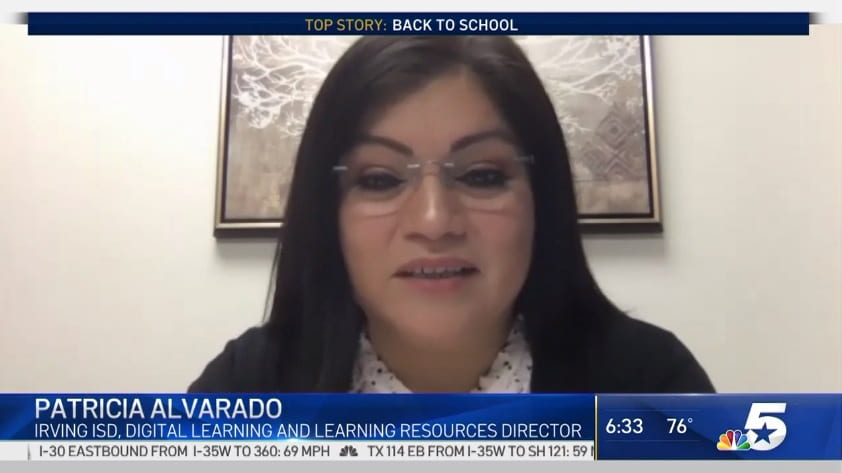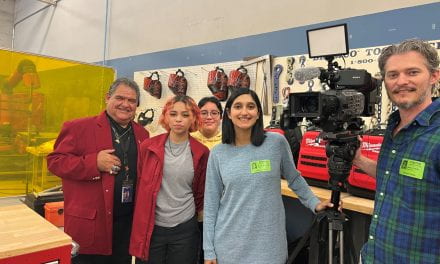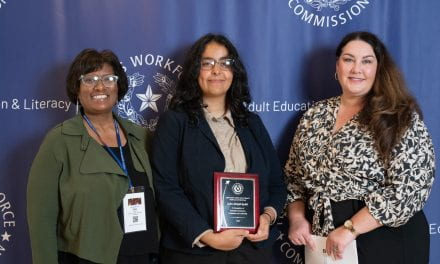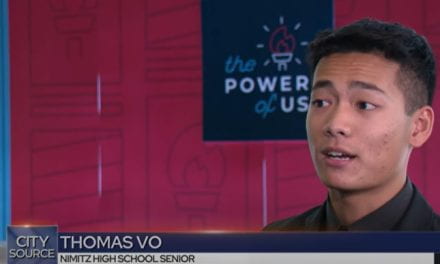Districts have spent all summer transferring everything that happens in a classroom into the virtual realm, using tech that has evolved over the years.
Virtual learning is well underway in many North Texas schools.
Districts have spent all summer transferring everything that happens in a classroom into the virtual realm. District officials have also spent a lot of time and resources in getting a computer and hot spot in the home of every student who needs it for online learning.
But once the computer is booted up for the school day, what does the technology look like?
A few school districts allowed us to get a sneak peek at the programs their using — on both tablet and computers — to get their students through this unprecedented semester.
Click here to watch the video.
Irving ISD
Districts like Irving ISD have spent the entire summer perfecting their online learning platforms.
“We’ve been preparing for this,” said Patricia Alvarado, director of Digital Learning and Learning Resources for Irving ISD. “I think it’s been available for many years. And we just never really leveraged it the way we’ve had to by force.”
For students in most districts, it’s as easy as one web link. In Irving, they just have to type in ‘learn.irvingisd.net’ on their web browser.
Once logged in, classes are laid out with picture icons.
“I can see my account, my courses. The dashboard gives me an overview,” said Alvarado.
The calendar shows assignments posted by the teacher, which students can easily refer to for all of their daily tasks. Outside of video calls, students can also chat directly with their teacher using a messaging tab found on the dashboard.
“If a teacher wants to put a video together, he or she would record a video of themselves, and post it there,” said Alvarado. “Students can also respond back to the teacher with their own video.”
She showed us an example of a 5th grade classroom and just how creative teachers are getting with the online learning management system.
In the middle of the dashboard page, there’s a picture featuring the teacher, Mr. Sanchez, in the form of popular avatar creator, Bitmoji. As he sits in a bean bag chair, there are other objects decorating the classroom including personal photos and a banner for UNT.
This isn’t just a picture, though. Some objects in the classroom are clickable to things the students need, like the books sitting on a bookshelf.
“We don’t want something that’s so above the student’s head that they get discouraged from using it,” said Alvarado.
This screen shows all of the apps they need for class. Each one covers subjects like math, reading, science and art.
“The use of the apps is only as good as we make it. And we need to make sure everyone is using them. We are continuing to do weekly training for all staff and will continue training the entire year,” Alvarado said.
On one of the apps, called Canvas, parents can even be an observer within the learning management system, which allows them to see everything that their child sees. They can toggle between children in differing grades through their own access.
“Our goal is for our students to be independent users of information and independent learners. But we want our parents to be a part of it, if and when they choose to be a part of it and when they have time,” said Alvarado.
A great deal of time has been spent on training teachers. The district had more than 500 teachers dial in to an open hours Zoom session so that the digital department could answer questions and fix issues.
“It’s not perfect. We miss the students. We miss interacting with them,” said Alvarado. “For some students, they thrive in this environment. For others, like us, they miss us and miss coming to school. I’m just grateful for the opportunity to provide our students with what we can.”
Training will continue to be conducted for both teachers and parents through the end of the semester.
“We have lots of things to work out. We are all brand new to our learning management system,” said Alvarado. “We also want the parents to know that we’re there for their children, that we are responsible for educating them and we’re trying everything that we can.”






